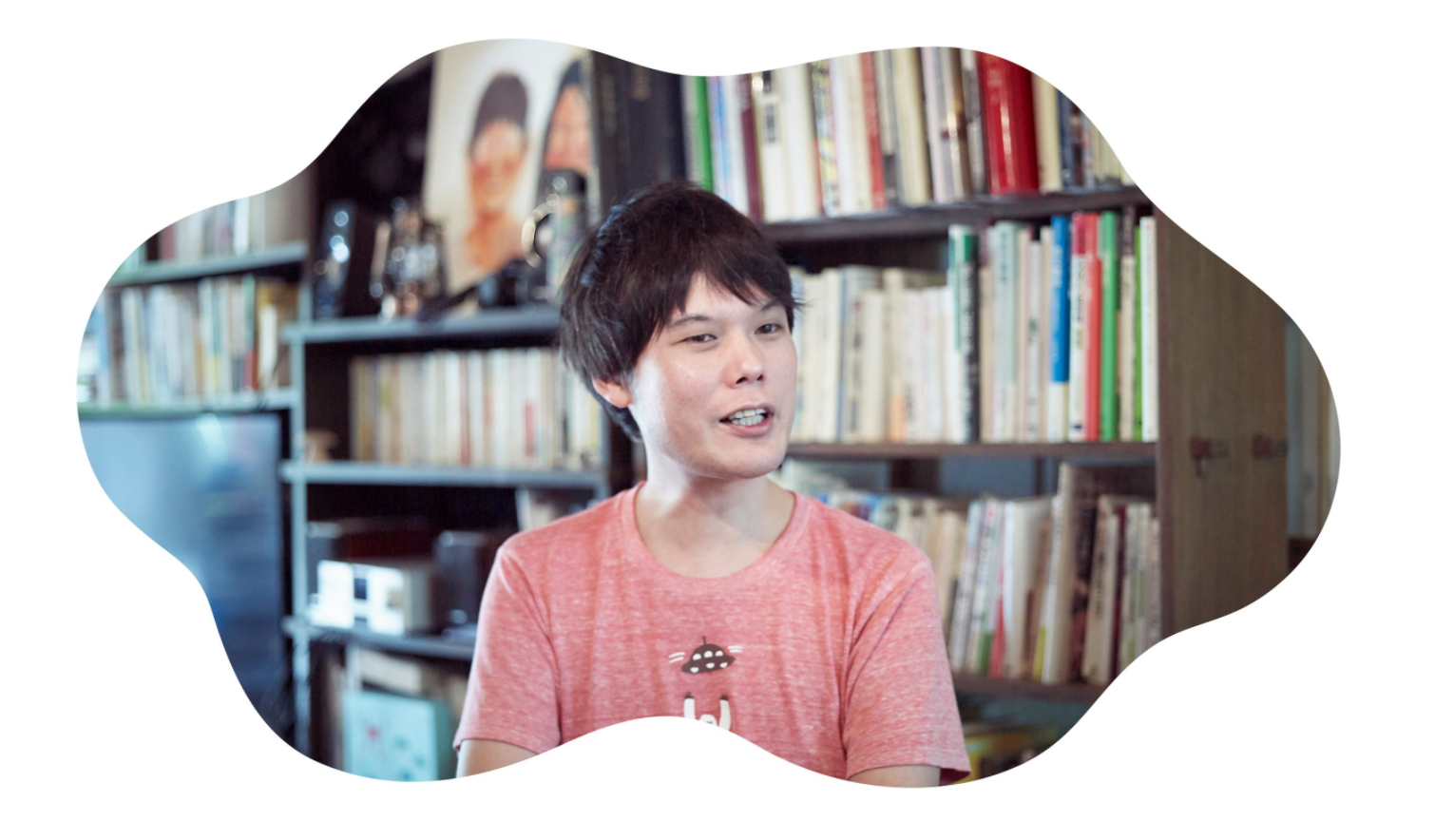

ー
The exhibition “Fermentation Tourism Nippon—A journey to rediscover Japan through fermentation,” held at Shibuya Hikarie in 2019, was a big hit. I believe that over 30,000 people visited the exhibition over three months or so.
Fermented foods from every prefecture were on display, including many practically unknown ones. I went along to look for myself. I was amazed to see just how many fermented foods there are in Japan!



Mr. Ogura
I was a little amazed myself. I thought, “How did I manage to create such a crazy exhibition?” (laughs). So many of the products in the exhibition were totally new to me. I’d never imagined there was such a thing as fermented seaweed, for example. Japan is full of these kinds of mysterious knowledge and traditions that defy categorization. The history behind how they developed is really fascinating.
Many of the ferments presented at the exhibition have never been scientifically or systematically investigated. As our next task, we need to try and understand the practical reasons our ancestors had for creating the various things they left behind.
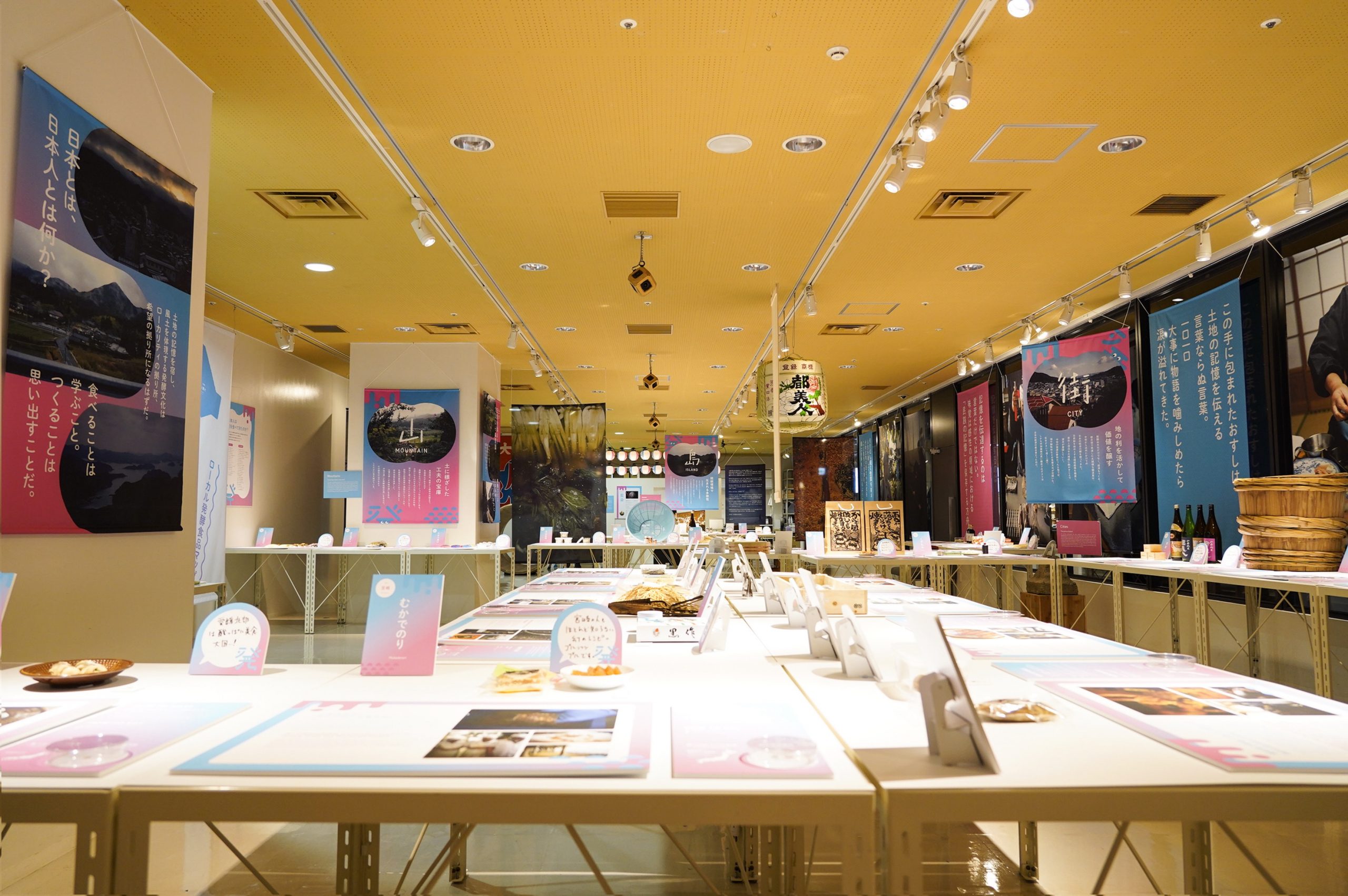

In this exhibition, held at d47 MUSEUM in Shibuya Hikarie from April 26 to July 22, 2019, Hiraku Ogura curated a presentation of 47 local fermented foods from all over Japan. The event invited visitors on a “journey of fermentation” through the lens of microorganisms, to rediscover dynamic historical transformations, with insights into how people’s lives were once so closely rooted in the local climate.
ー
Following the exhibition, you also opened a store called “Fermentation Department” (Shimokitazawa, Tokyo)?
Mr. Ogura
I wanted to create a store that anyone would feel like entering and exploring, and that everyone would find entertaining. Since fermented foods are meant to be used every day, it felt wrong to display them in an orderly way, like in a lab. That’s why I decided to open a store.
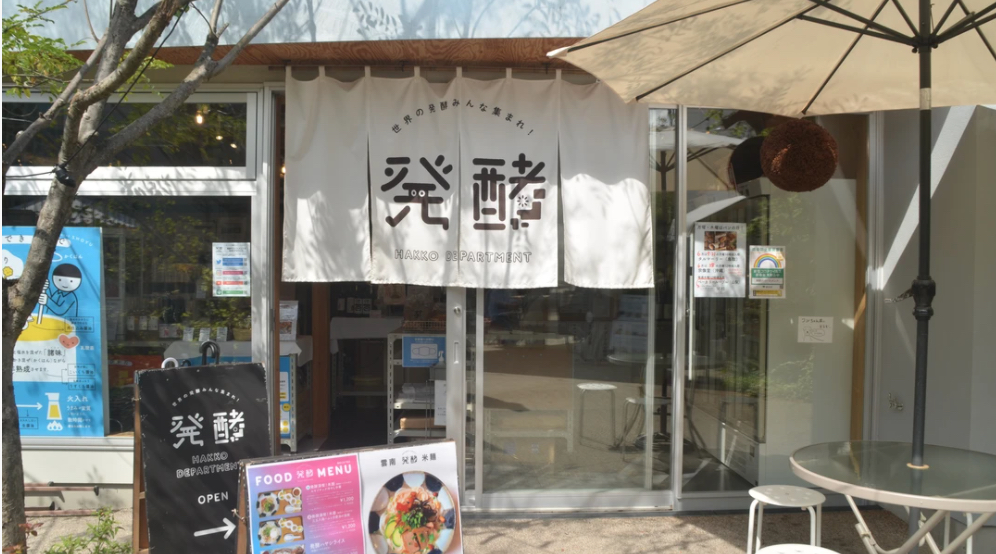

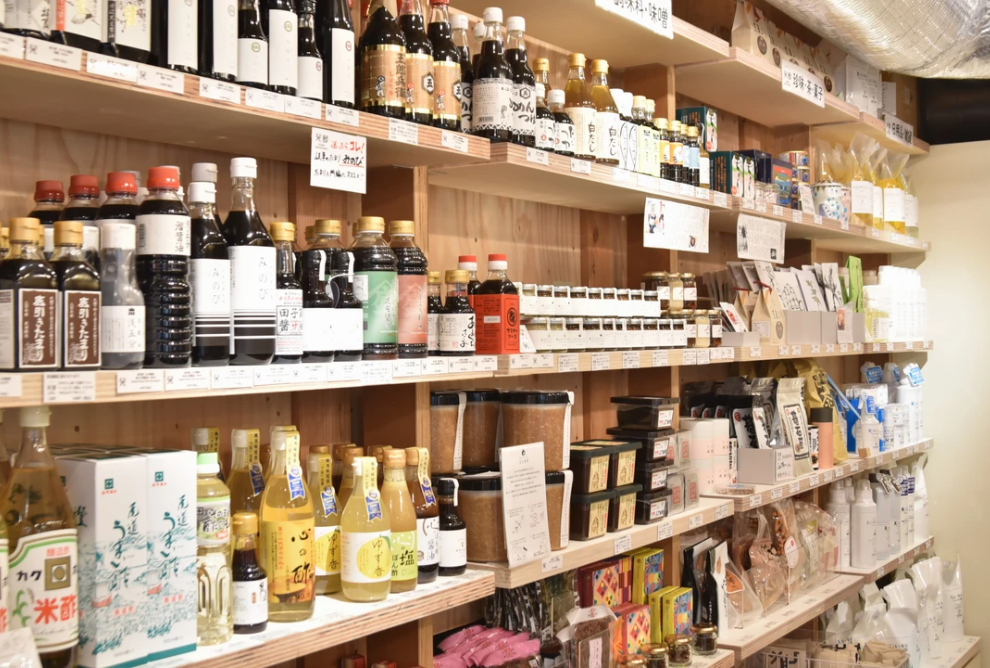

https://hakko-department.com
In the food world, there is growing interest in fermented foods. Recently, we’ve seen the emergence of a “food tech” movement that examines what it means to cook from a variety of angles. A digital technology guru from Silicon Valley has even written a book on the topic.



Mr. Ogura
I have a copy of the book you are referring to on my bookshelf. It’s called “Cooking for Geeks,” issued by O’Reilly, a well-known publisher of technical books. It's basically about how interesting cooking can be if you analyze it using the theories and methods of computing and chemistry. My hope is that, if we interpret cooking using the “break it down and put it back together” approach that tech geeks are good at, we can discover new value that goes beyond just, “This is delicious,” or, “This is interesting because it's traditional.” In other words, I hope that through food, we can develop greater sensitivity so that we can see food and cooking at a higher “resolution.”
Another thing is that young people today are super concerned about their health and wellbeing (laughs). Maybe in the past there was a tendency to think, “As long as I’m enjoying my life, I don’t care about my health.” But I think young people today are less interested in monetary success and more focused on livinga fulfilling and meaningful life. Health is an absolutely essential foundation for that goal.
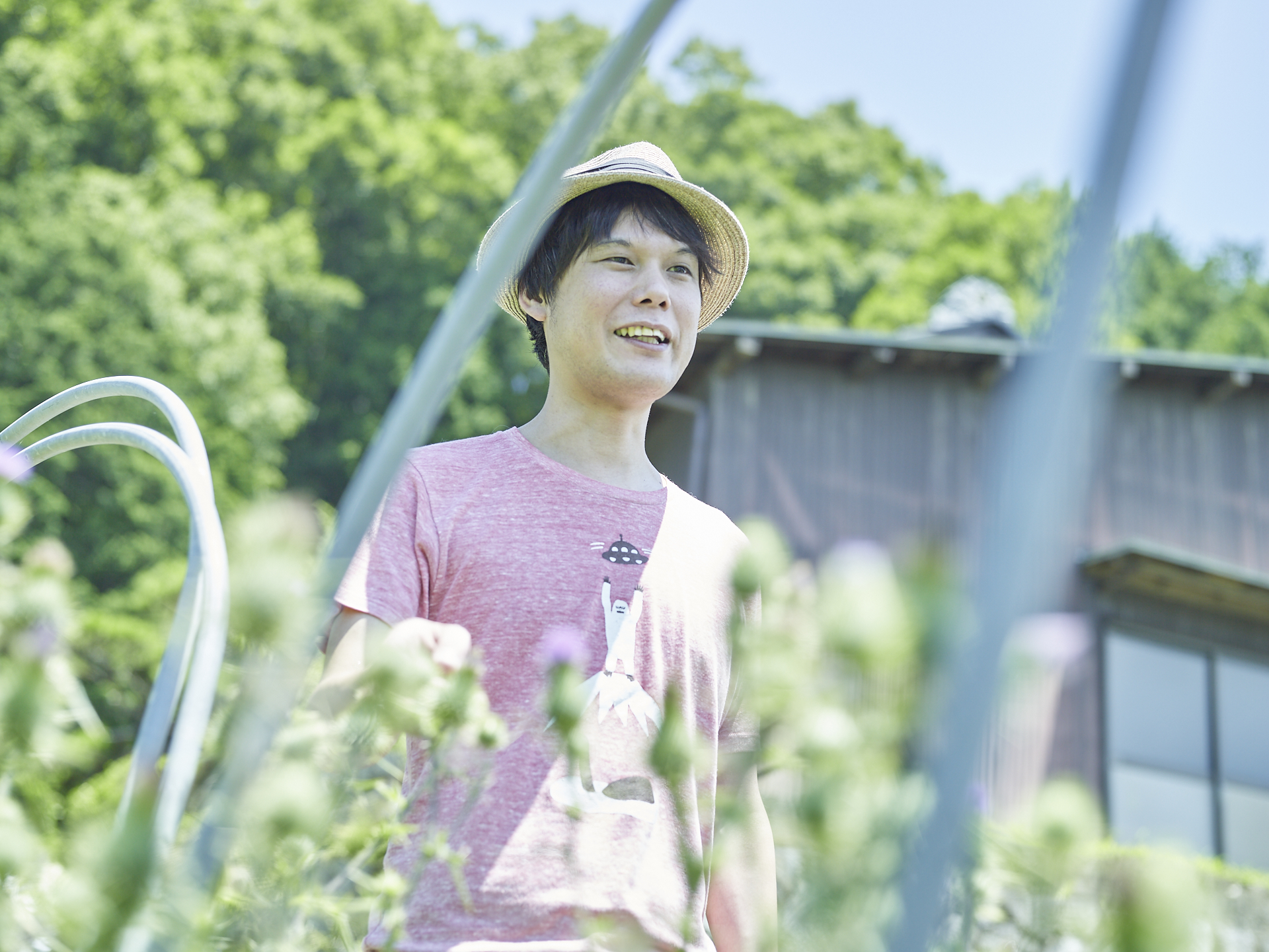

ー
The message of this web magazine is basically that there are still many things in this world that are invisible to us, but if we increase our “resolution” and curiosity with respect to them, we can live a happier life. Did you know that at Amano Enzyme we have “fungus hunters” who are exploring the invisible world?
Mr. Ogura
Really? There really are people like that! I’d love to join them on a hunting trip (laughs).
If you were to go fungus hunting now, where would you like to go?



Mr. Ogura
Hmm, Antarctica, I guess? There’s actually a category of microorganisms called “extremophiles” that live in extreme environments. There is even an academic journal on the subject. Every issue contains fascinating information about organisms in amazing places, about subterranean organisms that might overturn established theories of geophysics, about how an organism could be used as a new resource, etc. When I read it, I think “I’d love to go on a trip like this someday!”
ー
You work in the field of fermentation, but how do you view “enzymes”?
Mr. Ogura
Well, I’m hoping to learn more today from Enzo (laughs). Actually, enzymes are very difficult to characterize. They give the illusion of being alive, don’t they? But essentially, enzymes are tools that living organisms use for cutting, for attaching things, and so on. So, if I wanted to create a character to represent enzymes, I would think of a wizard or magician who utilizes a variety of enzyme tools, someone like Doraemon. Enzymes would be like the secret weapons that the character whips out.
What a very interesting idea! I wonder if I can still change my character design? (laughs).



Mr. Ogura
These days, enzymes are commonly seen as nutritional supplements, super foods, or something like that. I’m not a specialist, but I occasionally have to talk about enzymes. To remove preconceptions, I usually start by saying that there are two worlds—the physical world and the biological world. I say that the earth’s environment is special, because it is a rare world in which the physical and biological worlds overlap.
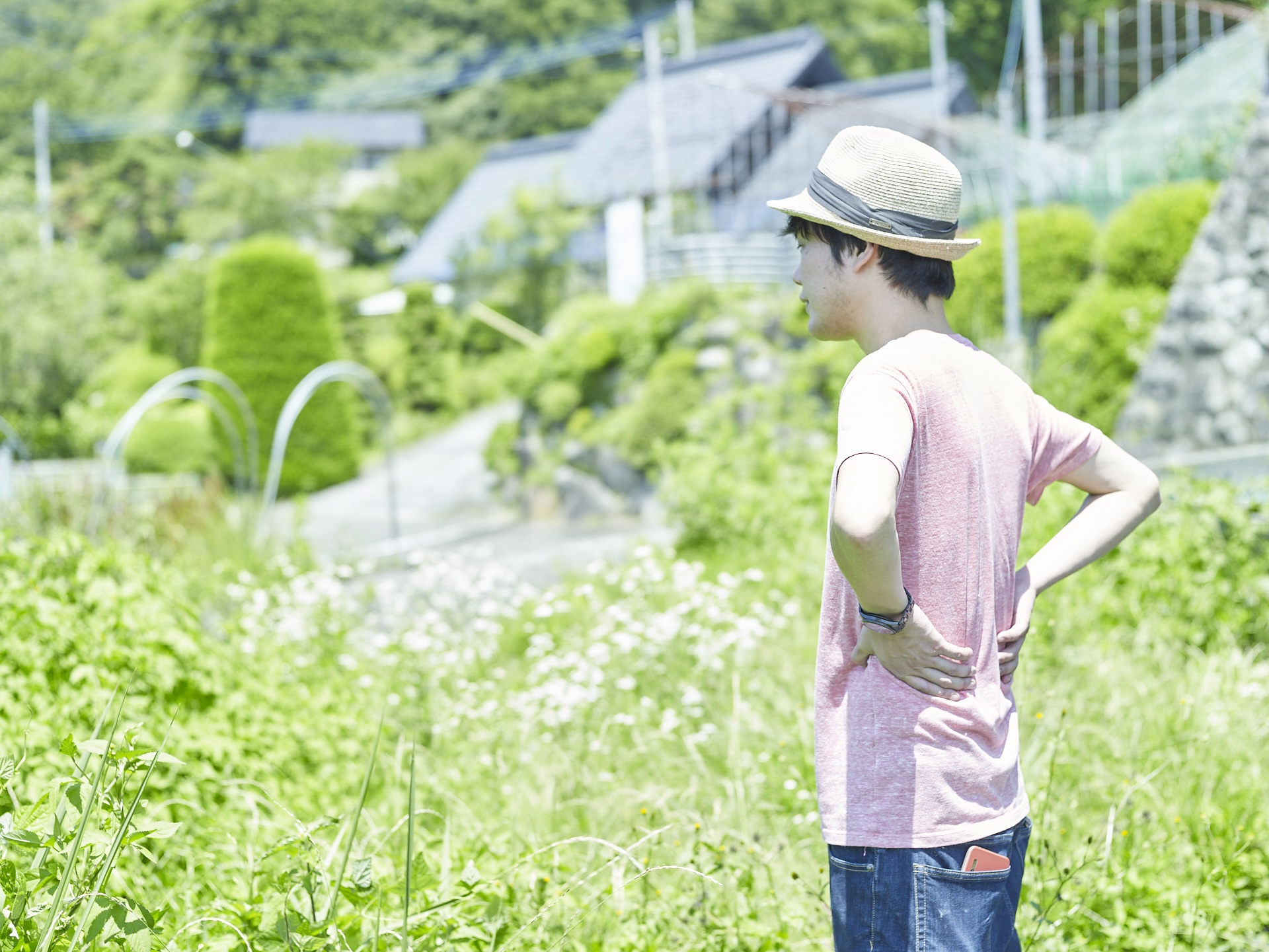

Mr. Ogura
The physical world is a simple world because only physical forces operate in it. Most of the universe is in that category. Only the earth has such a variety of living things and such a complex atmosphere. This variety and complexity stems from the fact that the environment was created by living things. When I tell people that enzymes are the key to this process, they are surprised. “Huh, enzymes cover such a wide range! I thought they were just good for your health?” (laughs).
As you say, the earth is a place of chains of chemical reactions. A world with massive chains of chemical reactions. Humans live within that chain and many other organisms also live within the chain somewhere. Enzymes operate in this community of chemical reactions, connecting expressions of life… Everything happens within that community.



Mr. Ogura
Right! And that’s why, when you push the subject of fermentation to a certain level, you end up talking about enzymes. Even in our koji-making workshops, when I speak to people who are more keen on the subject, I explain that fermentation is designed by enzymes.
To make koji, you need to get mold to attach itself to steamed rice and you need to control the temperature, to keep the rice warm. Why is temperature control necessary? Because enzymes turn on and off according to temperature.
Exactly! The activity of enzymes is governed by temperature.



Mr. Ogura
Yes. There are actually about 100 species of Aspergillus oryzae, but we can classify them into two basic groups—the amylase group and the protease group. Right?
When I explain that we can design taste by controlling temperature to switch between enzymes that produce sweetness (amylase) and enzymes that produce umami (protease), the students start understanding the meaning of enzyme.
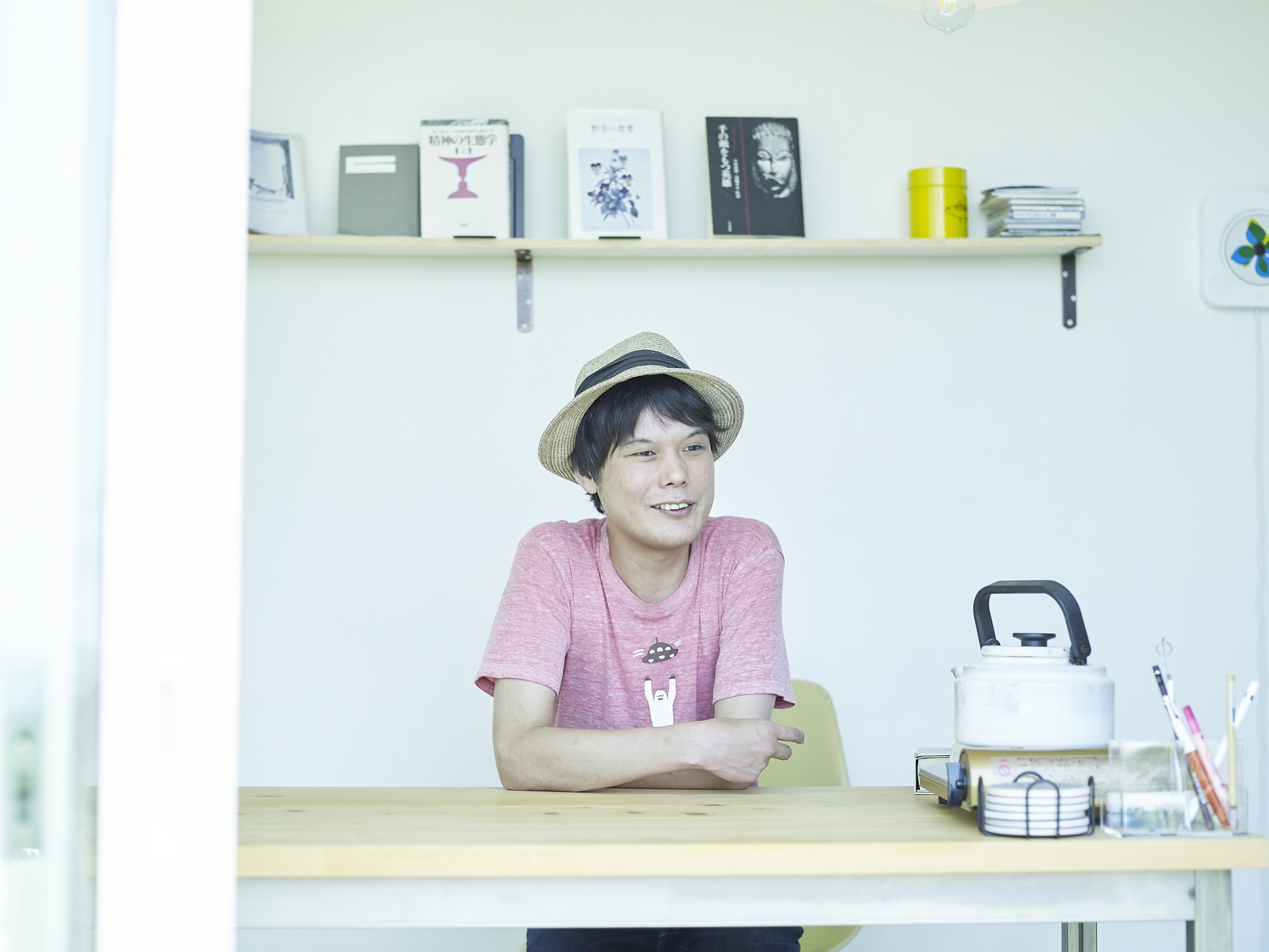

Mr. Ogura
As the students in my workshops make koji, I get them to recite the names of the enzymes for each function, like a Buddhist monk chanting a mantra. That is, protease for the first half and amylase for the second half. We even distinguish the amylase phase into α-amylase for the first part and glucoamylase for the second.
To an outside observer, that must seem very strange (laughs).



Mr. Ogura
Yes, yes (laughs). But seriously, I think it’s better not to talk about enzymes in the context of “nutrition,” even when it comes to making miso. I think that we can give people a deeper understanding of fermentation if we explain enzymes as substances that cause chemical changes, or that trigger chemical changes according to rules that are different from those of the physical world.
Raw materials, the fermentation process, and the final product are all linked together. Furthermore, each has its own culture and history. Fermentation becomes even more interesting when you can enjoy it at a higher “resolution”. And as we continue to pursue enzymes, we can go deeper into questions like, “What is the process of eating essentially?” “What are organisms?” and “What is the earth?”



Mr. Ogura
That’s spot on! The earth’s environment is a hugely diverse world in which biological chemical reactions driven by enzymes are intertwined with physical chemical reactions. The fascinating thing about fermentation is that we can learn about such complex chains of chemical reactions through familiar everyday examples.
Mr. Ogura
In the first half of the 20th century, a cultural anthropologist named Bronislaw Malinowski visited the Trobriand Islands, located a little north of Papua New Guinea. There he observed a ritual of exchanging gifts known as kula, in which identical shell necklaces were simply passed around from island to island over a period of years. It strikes me that the structure of this ritual is very similar to our chains of chemical reaction.


Mr. Ogura
The similarity is that it doesn’t really matter whether a particular substance is useful or not; it just keeps turning regardless. Perhaps the reason that ecosystems are so finely optimized is that the chains of chemical reactions just keep going round and round. The human brain can’t seem to understand a model in which things just keep going on and on, and around and around for no reason.
Sorry, but what do you mean by that?



Mr. Ogura
For a series of book reviews I’ve been doing, I recently I took up “The Origin of Species.” When I looked at some reviews of the book on Amazon, I saw that many people don’t understand what it’s about. Darwin is not that difficult to understand. So, why isn’t he understood?
I think the reason is that Darwin wrote about the laws of living things with a “flat eye,” or without assuming any meaning behind them. Darwin was a very unusual person, not because he was some kind of genius or devil, but because he had a special talent to think without relying on meaning.
Ah! So, human common sense can’t handle meaninglessness. We can’t help but assign meaning to things.



Mr. Ogura
Yes, humans have a cognitive bias. We have a profound need to seek meaning. Ordinary people don’t realize that things continue going around and around without any meaning. Or that just existing can be a regarded as a function that has meaning—although, this is not really a meaning, either. It seems that we cannot perceive a world without meaning.
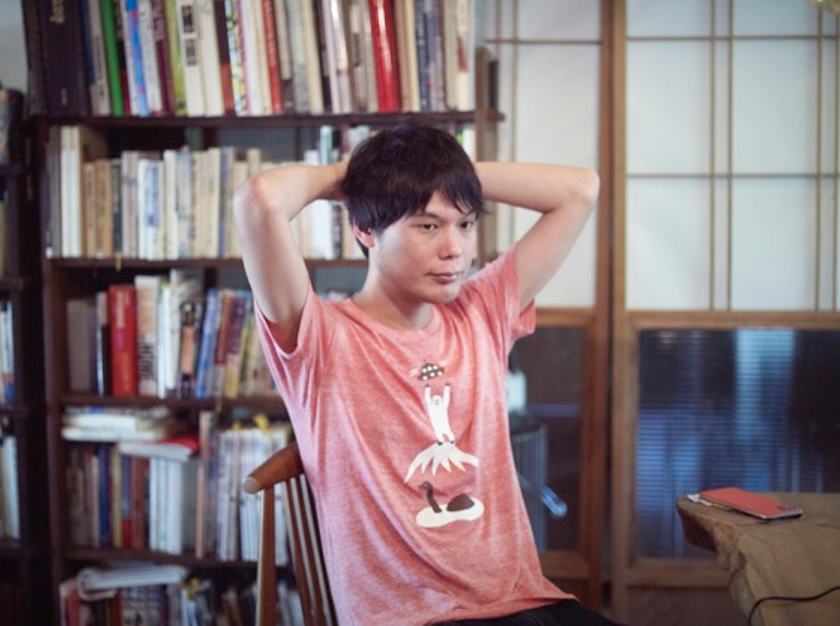

Mr. Ogura
A worldview that sees the whole of the earth as a field of chemistry, where chemical reactions link up to form chains, would never enter the human brain, except in the case of someone with a special ability like Darwin. I think it is precisely when we feel the limits of our cognitive abilities that we need some sort of familiar interface. If we use fermentation as an interface, we might be able to explain this worldview more easily.
You mean that we will be able to perceive the chains of chemical reactions.



Mr. Ogura
Yes. This is where I think design plays a role. Design has the power to take something that was previously unrecognized and bring it from the realm of “part” to the realm of “whole.” It is extremely difficult to do, though.
The chains of the whole earth or the evolution of living things is a world that is far removed from the cognitive habits of the human mind, which likes to assign meaning to everything or prioritize only what is relevant to itself. When I speak about transcending our cognitive abilities in that way, most people switch off. That’s why, rather than talking about physics as a whole, I try to approach the “universality” of the world from the “part” of fermentation.
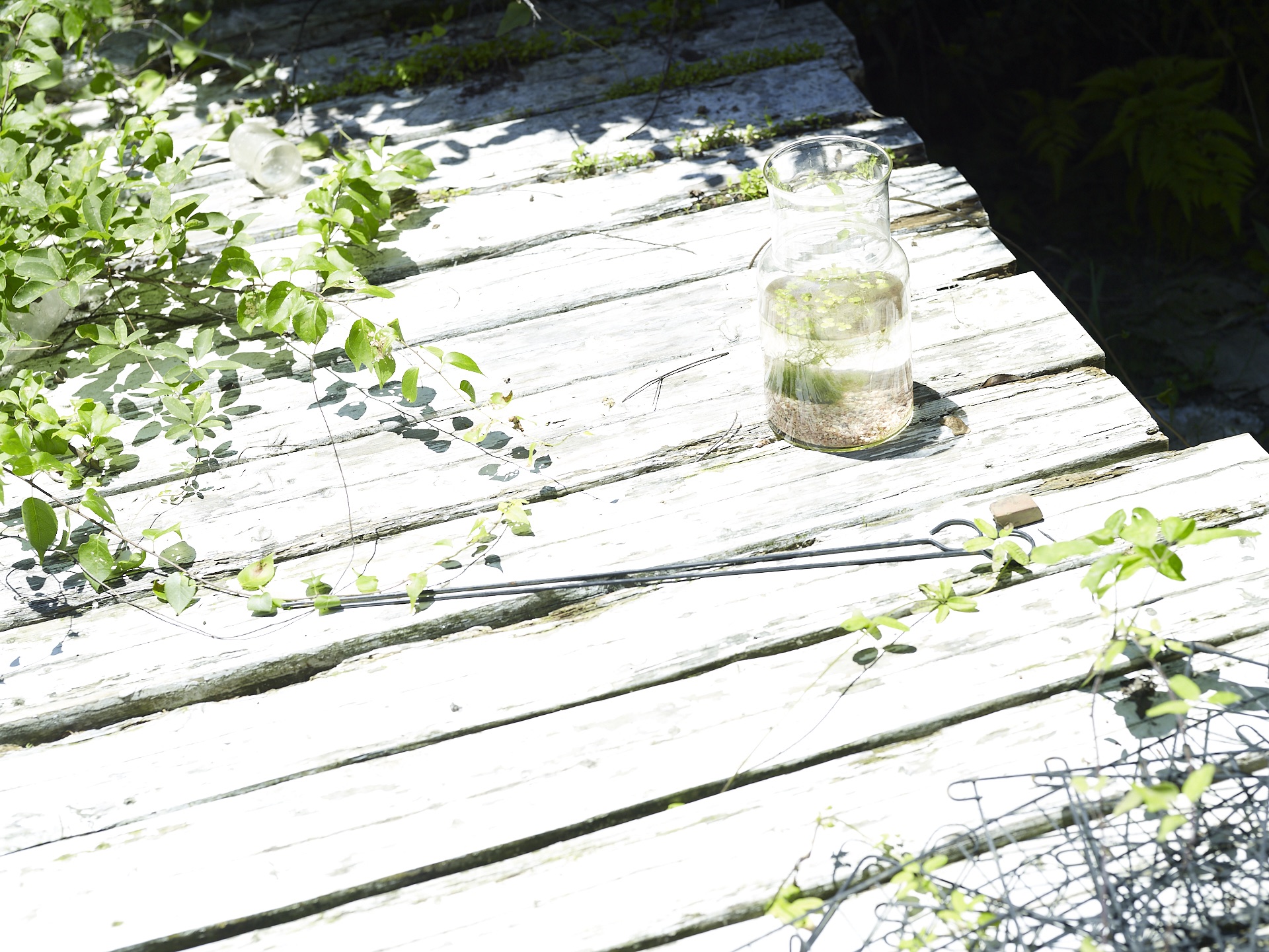

Mr. Ogura
And that’s why I think we need to talk about fermentation as concretely as possible. I want to do my best to communicate to children, getting them to understand things like, “This is what makes miso delicious,” or “This is what enzymes are.”
What differences are there between “speaking as concretely as possible” and “teaching in a gentle and easy-to-understand way”?



Mr. Ogura
That’s the point. This new worldview, built up from the second half of the 19th century through the 20th century with the development of science, was way ahead of human “cognitive habits.” This is why the need for “science communication” and similar things has emerged. However, there is a trap that we can easily fall into regarding methods of communicating science to large numbers of people in an easy-to-understand way. That is, if a method is easy to understand, it does not necessarily follow that people will understand it. Why is that? Personally, I think it’s because people fail to understand certain things not so much because they are difficult to understand, but more because they are foreign to human cognitive habits.


Mr. Ogura
So, to overcome this limitation in creative ways, I try to use design methodologies to create familiar “interfaces.”
Even if what we see here and now is mysterious and incomprehensible, as more and more examples of a phenomenon are discovered, we may be able to break free of our cognitive habits, realizing, “Actually, if we look at things in this particular way, they start to make sense.”



Mr. Ogura
Yes. I think it’s very important to be creative, so that instead of saying, “I’ve got no clue about this,” people can say, “Wow, this is interesting!”
ー
Finally, could you please tell us about your plans for the year ahead.
Mr. Ogura
Starting in July 2022, we will be taking the exhibition we held at Hikarie on tour around Japan, starting in Awara City, Fukui Prefecture (at Art Core Museum, Kanaz Forest of Creation). I feel a little disappointed that I didn’t include much content that children can enjoy in the previous exhibition at Hikarie. In part, this was because I just didn’t have enough energy.
Fermentation Tourism Hokuriku—A journey to explore the fermentation culture along the Japan Sea coast of Hokuriku
https://sosaku.jp/event/2022/fermentation-pr/
This time, the venue will be more than four times bigger, so I want to set up something like a children’s fermentation museum. I will have to give the kids a proper explanation about enzymes. They really love invisible things!
Great! I would love to see you do that. I can’t wait to see what kind of exhibition it will be.



We learned a lot from today’s interview. Hiraku Ogura’s main focus was fungus, because he works on fermentation, but much of what he said relates very closely to enzymes, which is what we work on.
We learned that there is a kind of global network of chemical reactions based on the existence of microorganisms and the existence of enzymes. In this worldview, microorganisms, enzymes, and humans are all just striving to find a place to live and operate.
Inspired by this vision, we thought it would be good to develop our own similar workshops. It would be an opportunity for us to come up with ideas for creating familiar interfaces to help people understand more about enzymes. Since Mr. Ogura is a “comrade” who shares our worldview, we look forward to further opportunities to collaborate with him on creative initiatives.
Enzymes are active in every aspect of our world, and we are seeking new possibilities for them.
In this corner, we visit people who are currently active in various fields with "Enzo" and ask them about their stories.

